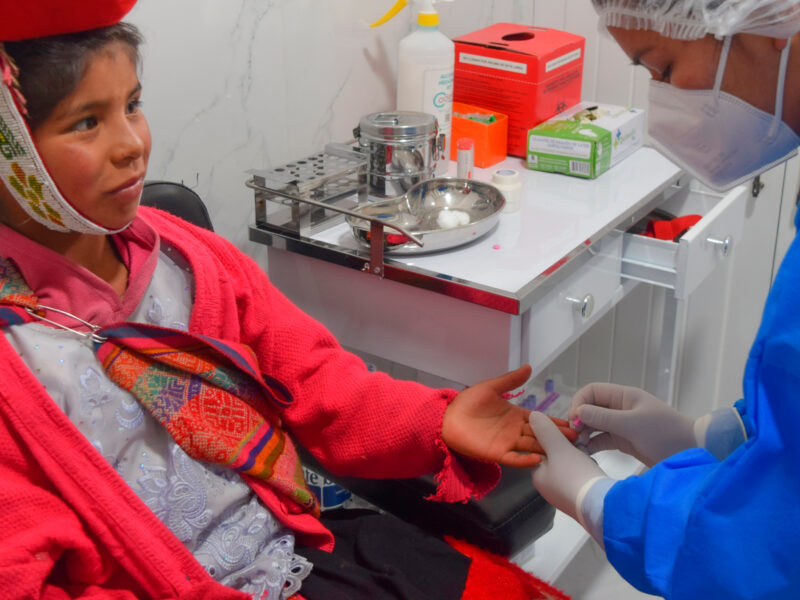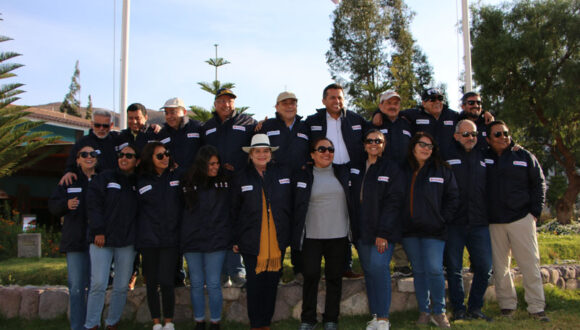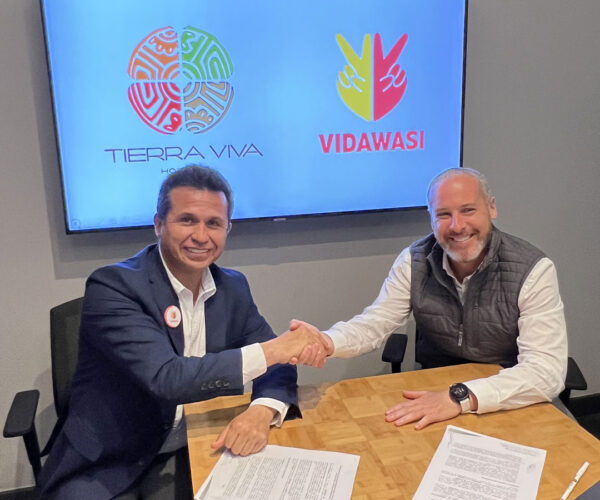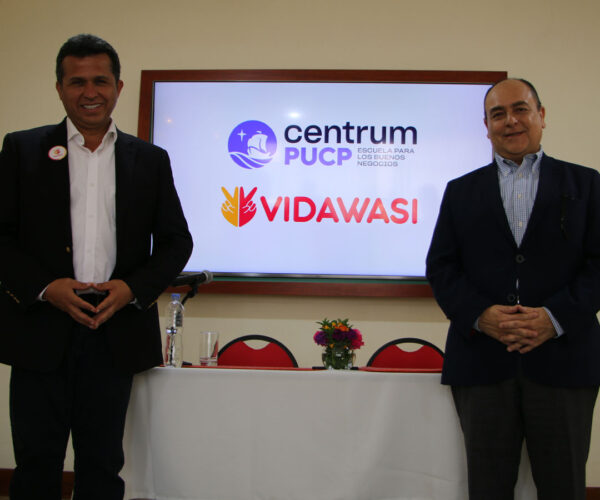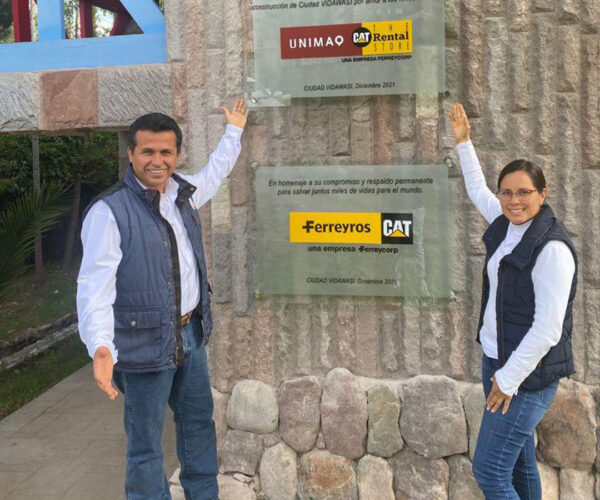Some takeaways from Adam:
- Questions to ask are 1.Who you are 2.What you do 3.Who you do it for 4.What those people want and need 5.How can they change as a result
- Why the formulation is so powerful is that because of all the five things you need to know what your life purpose is only two are about yourself and the other three are about other people being who they are, what they want or need, and how they change as a result
- That formulation forces you to be outward facing
- From Adam’s example of the 20% of those who knew their life purpose was that they knew very clearly whom they served, what those people needed, and how those people changed as a result
-
The most successful people in any field always focus most on the people that they serve than on how they are served themselves
Full credits also to Tedx Events.
To book contact Enrique Fabular on 0466731000 or Click Here To Book



